- School District of Beloit
- 4th Grade - Social Studies
4th Grade - Social Studies
-
The School District of Beloit social studies educators are dedicated to working collaboratively to teach a vertically, WI standards-aligned curriculum that is intentionally designed to be rigorous and engaging, using multiple perspectives and authentic learning experiences that build student confidence and curiosity, resulting in their ability to critically analyze their world while providing them with the skills and desire to make their world a better place.
4th Grade Social Studies Units
-
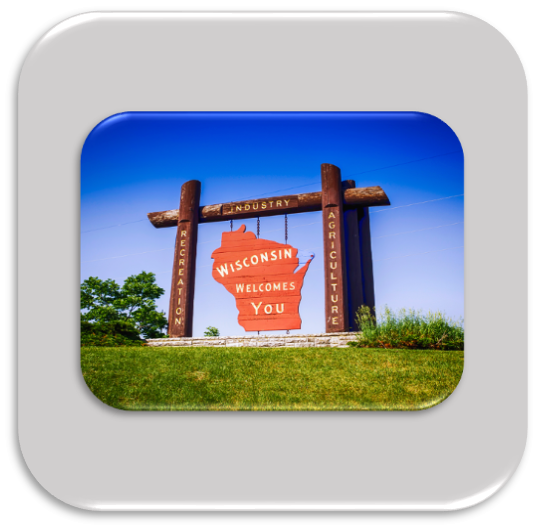
Unit 1 - Wisconsin and U.S. Geography
Students will build on the foundations of geography they learned in 3rd grade. They will also examine special places in the community, Wisconsin, and the U.S.
-
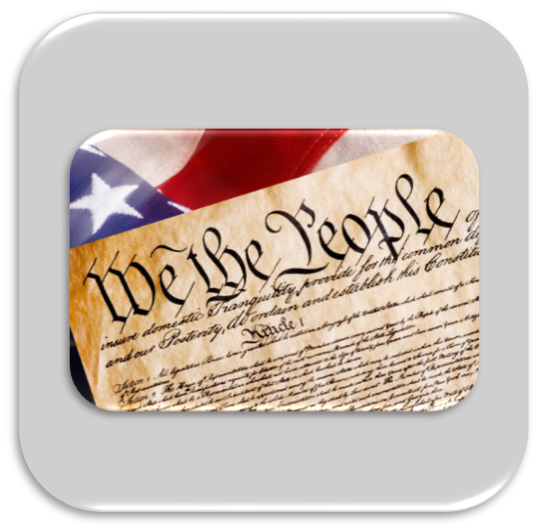
Unit 2 - The American Revolution and the Formation of the United States
Students will examine the causes and effects of the American Revolution. They will also learn about the foundations of the U.S. government.
-
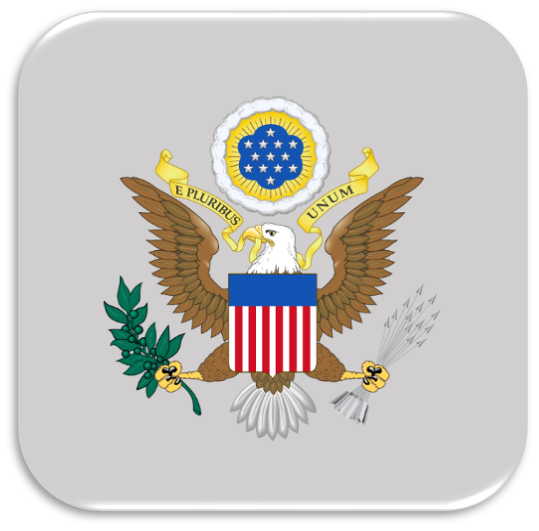
Unit 3 - The Early National Period and Republican Motherhood
Students will learn about the early changes in the U.S. government and economy. They will also learn about social changes in the early 1800s.
-
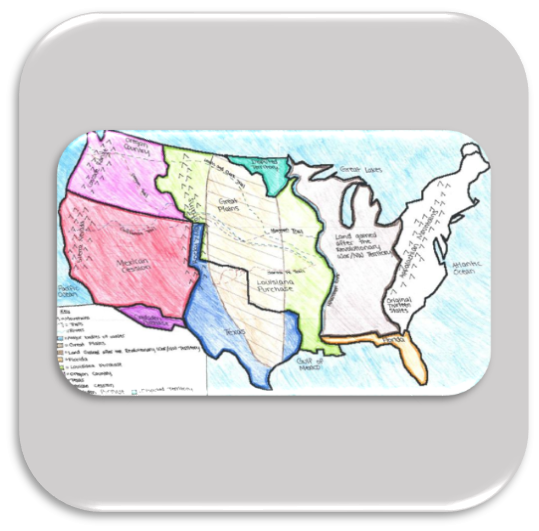
Unit 4 - The Treaty Era
Students will learn how early U.S. expansion affected American Indians. They will also learn where American Indians used to live and where they live now.
-
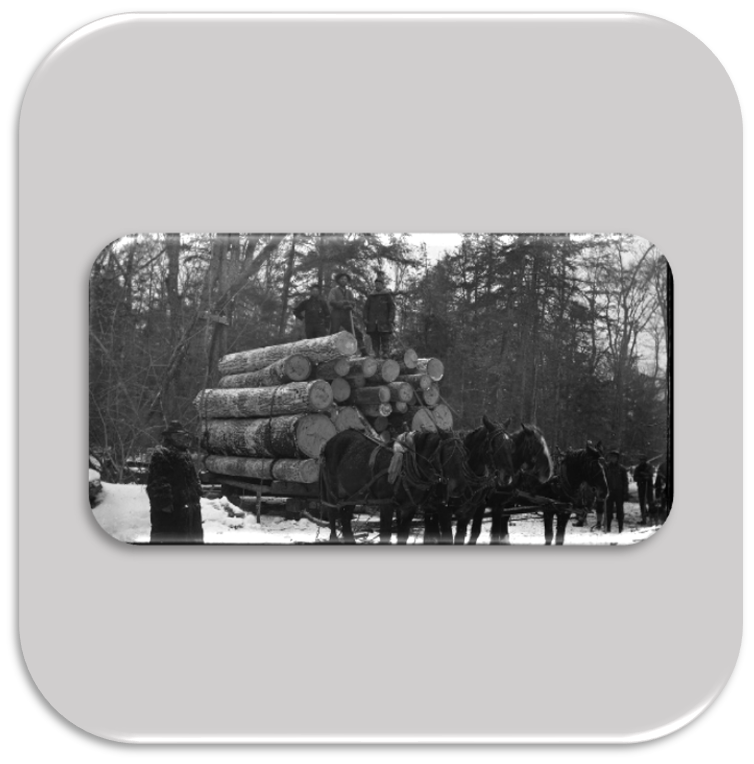
Unit 5 - Mining, Logging, and Slavery
Students will examine the economy of the Wisconsin territory leading up to statehood. They will also learn about the Abolition Movement and the end of slavery.
-
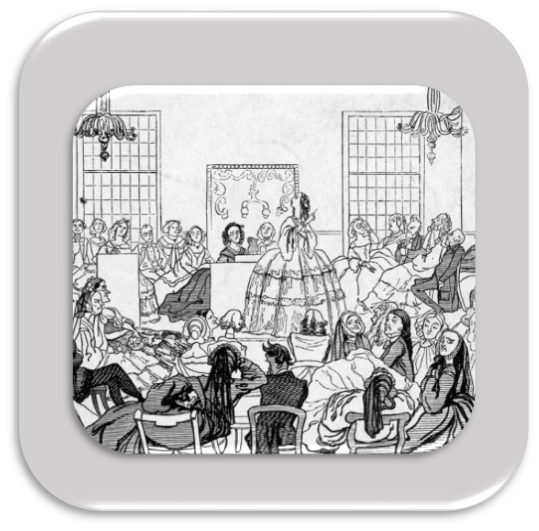
Unit 6 - Wisconsin Territory to the Seneca Falls Convention
Students will examine how Wisconsin became a state. They will also learn about the women’s rights movement of the mid-1800s.
-
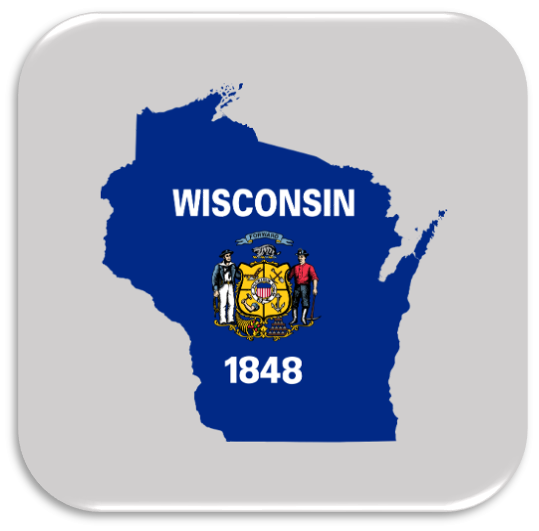
Unit 7 - Early Statehood
Students will examine parts of the Wisconsin constitution. They will also learn about human rights.
By the end of 4th Grade, students will...
-
- create and label a map (paper or digital) of the local community, state, tribal lands, and country, including both physical (e.g., oceans and continents) and human (e.g., roads, buildings) characteristics. They will identify and construct regions (digital or paper) in Wisconsin and the United States.
- compare and contrast the human characteristics of rural, suburban, urban, and tribal locations in Wisconsin and the United States.
- compare how people from different cultures solve common problems, such as distribution of food, shelter, and social interactions.
- investigate examples of rights and responsibilities, including the Declaration of Independence, Constitution, Bill of Rights and the Universal Declaration of Human Rights, which individuals possess within the state, country, and world.
- classify various ways that people and countries depend on one another.
- classify the basic structures and functions of governments, and summarize the basic powers of the government at the local, state, tribal, and federal levels.
- explain how historical events have possible implications on the present.
- compare events in Wisconsin history to a current issue or event.
- describe how culture, ethnicity, race, age, religion, gender, and social class can help form self-image and identity.
- investigate how the cost of things changes over time.
- analyze individuals, groups, and events to understand why their contributions are important to historical change and/or continuity.
- compile relevant information to form a political argument while taking other points of view into account.
- describe the historical context (situation) of a primary or secondary source.
- apply key elements of the Wisconsin Constitution to the local community.
- describe population changes in their state and country over time.

